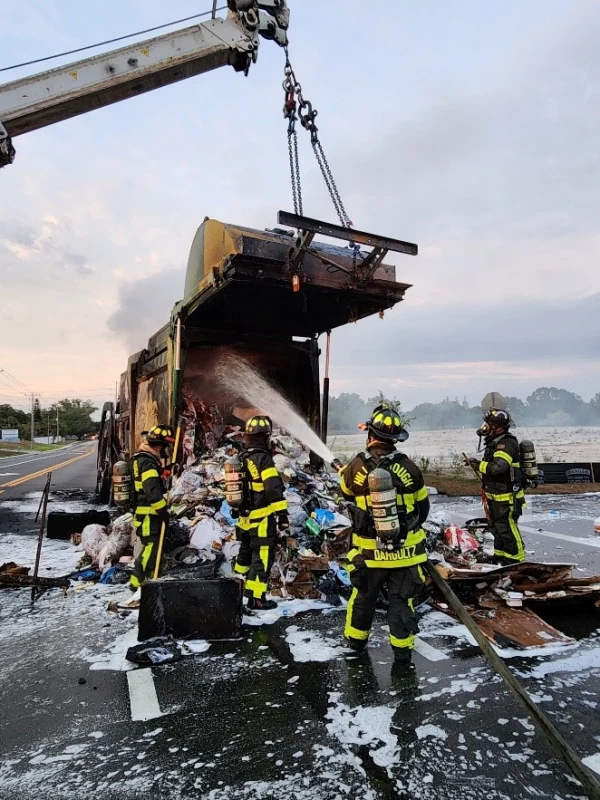
Protect your workers, community, and environment with proper battery disposal
As the number of batteries in the waste stream continues to grow, so does the risk they pose when not handled correctly. From smartphones and laptops to e-bikes and vape pens, batteries power much of the modern world, but they also present serious hazards if damaged, improperly stored, or thrown away.
The risk is real
Battery-related fires are on the rise across the country, often sparked by improper disposal. For example, lithium-ion batteries are highly flammable and can ignite when tossed into regular trash or recycling bins. These fires endanger waste and recycling workers, damage equipment, and threaten public safety.

Safe disposal is simple
To protect yourself and your community, always dispose non-alkaline batteries, especially lithium-ion and other rechargeable types, at designated drop-off locations. Many businesses offer free battery drop-off services, and you can find the nearest location using Call2Recycle. Residents can also bring them to any of the five Community Collection Centers or three monthly Household Hazardous Waste collection events.
Common lithium-ion rechargeable batteries include those found in:
- Smartphones and smart watches
- Laptops
- Digital cameras
- Cordless power tools
- Hearing aids
- In-ear headphones
- Keyless remotes
- Gaming controllers
- E-cigarettes/vape pens
How to prepare batteries for drop-off
To ensure safe transport and handling, follow these two simple steps:
- Step 1: Tape the terminals of each battery with clear packing tape
- Step 2: Place each battery in a separate plastic zip-close bag
This prevents batteries from reacting with each other and helps County employees sort them safely and efficiently.
Find a drop-off location
Visit HCFL.gov/Batteries to find your nearest collection center and learn more about battery safety.

